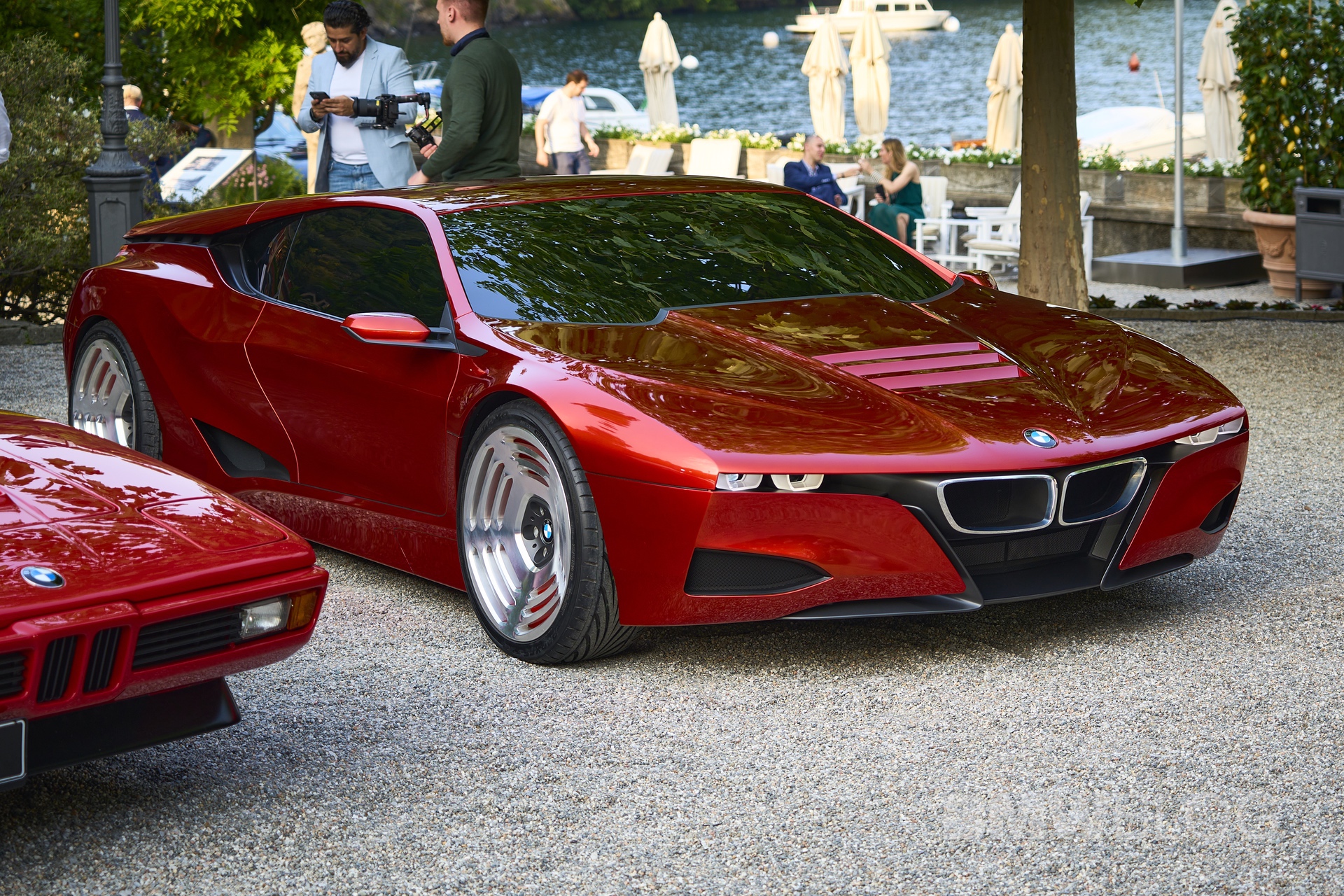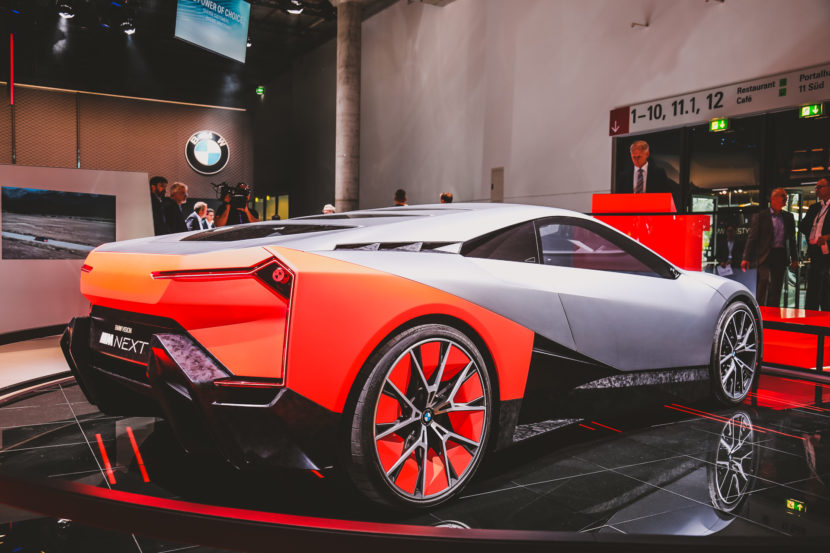If we were asked to name a type of vehicle missing from BMW’s vast lineup, it would be a supercar. The German luxury brand has all sorts of sedans, convertibles, wagons, and crossovers, but not a bespoke performance vehicle. The XM is officially labeled as a dedicated M car, but it’s essentially a CLAR-based SUV with a plug-in hybrid V8 setup.
In an interview with Road and Track, the BMW Group’s design boss hinted a supercar won’t happen anytime soon. Why? Because this segment is already overly populated. Here’s what Adrian van Hooydonk had to say: “That seems to be a space that everybody showed up now and then goes in and tries to outdo each other. It’s a battleground.”
He pointed out another issue BMW would have to face if it were to tackle this niche market. van Hooydonk believes there’s a lot of uncertainty about what type of powertrain a supercar should have. R&T learned from the man in charge of design at the German luxury brand that the M division has weekly talks about potent drivetrains.
“It’s not that we couldn’t tackle that topic,” says van Hooydonk. However, he mentioned BMW prefers to focus on design and concept cars that make people talk about the brand. Bean counters will argue the strategy is working because numbers don’t lie. BMW had record sales in 2023 and demand is even stronger so far this year.
BMW has generally been reluctant to make a new supercar after the M1 bowed out in 1981. The spectacular Nazca M12 from 1991 never came to fruition. We can say the same about the subsequent 1992 C2 Coupe and 1993 C2 Spider. These V12-powered concepts penned by Italdesign were all left on the proverbial cutting room floor.
Then the M1 Hommage came along in 2008 as a tribute to the E26. BMW refused to build the mid-engine stunner as well. The 2019 Vision M Next almost got the green light but the performance machine codenamed “I16” was ultimately canceled in 2020 because of the coronavirus pandemic. The M division then shifted focus to what became the XM, which is hardly a supercar.
Source: Road and Track






































































